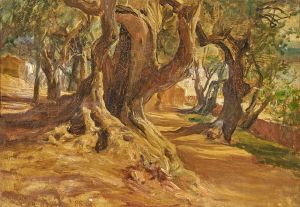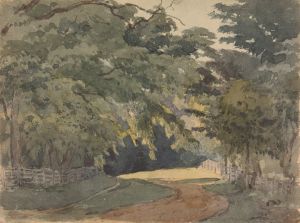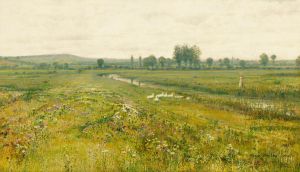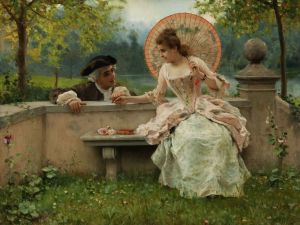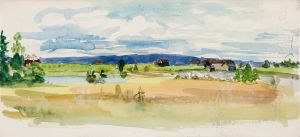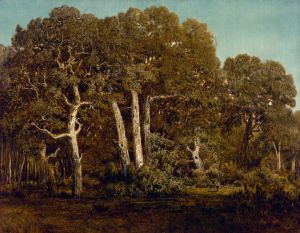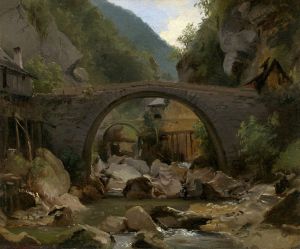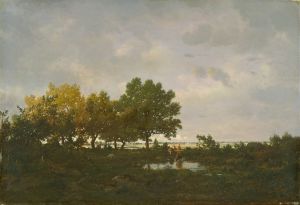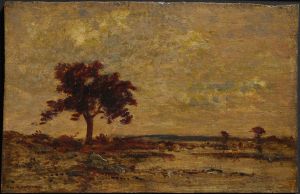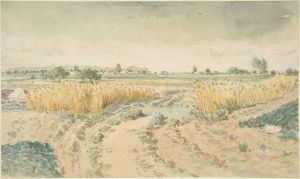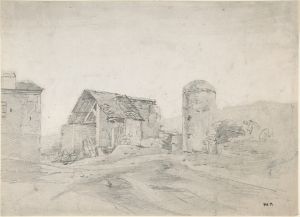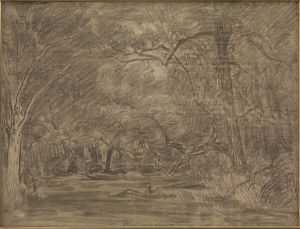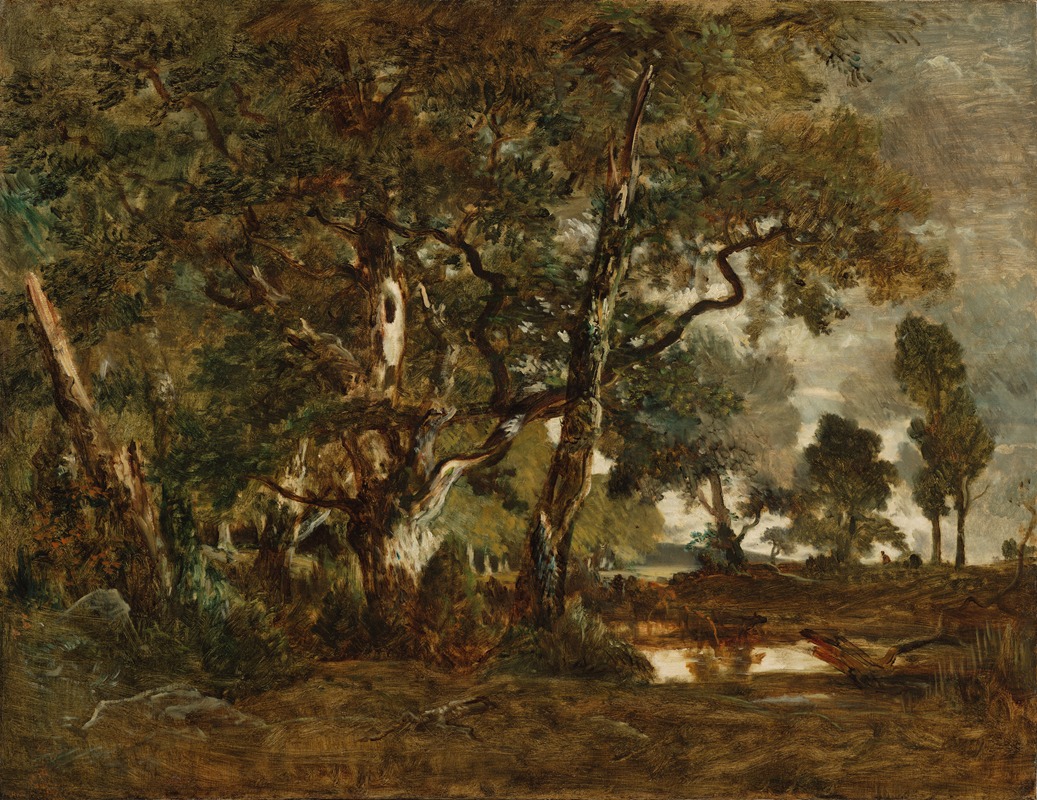
Forest of Fontainebleau, Cluster of Tall Trees Overlooking the Plain of Clair-Bois at the Edge of Ba…
A hand-painted replica of Théodore Rousseau’s masterpiece Forest of Fontainebleau, Cluster of Tall Trees Overlooking the Plain of Clair-Bois at the Edge of Ba…, meticulously crafted by professional artists to capture the true essence of the original. Each piece is created with museum-quality canvas and rare mineral pigments, carefully painted by experienced artists with delicate brushstrokes and rich, layered colors to perfectly recreate the texture of the original artwork. Unlike machine-printed reproductions, this hand-painted version brings the painting to life, infused with the artist’s emotions and skill in every stroke. Whether for personal collection or home decoration, it instantly elevates the artistic atmosphere of any space.
Théodore Rousseau's painting "Forest of Fontainebleau, Cluster of Tall Trees Overlooking the Plain of Clair-Bois at the Edge of the Forest" is an exemplary work that reflects the artist's deep connection with nature and his role as a leading figure in the Barbizon School. The Barbizon School was a movement in mid-19th century France that emphasized naturalism and was named after the village of Barbizon, near the Forest of Fontainebleau, where many of its artists gathered to paint landscapes directly from nature.
Rousseau, born in Paris in 1812, was a pivotal figure in this movement. He was known for his dedication to capturing the essence of the natural world, often spending extended periods in the forest to observe and paint. His work is characterized by a meticulous attention to detail and a profound appreciation for the subtleties of light and shadow.
The painting "Forest of Fontainebleau, Cluster of Tall Trees Overlooking the Plain of Clair-Bois at the Edge of the Forest" exemplifies Rousseau's skill in portraying the majesty and tranquility of the forest landscape. The composition features a cluster of tall trees, their forms rendered with precision and care, standing as sentinels at the edge of the forest. The trees overlook the plain of Clair-Bois, a scene that conveys both the vastness and the intimacy of the natural world.
Rousseau's technique in this painting demonstrates his mastery of color and light. The interplay of light filtering through the leaves creates a dynamic and vibrant scene, while the use of earthy tones grounds the composition in realism. The painting captures a moment of serene beauty, inviting the viewer to contemplate the harmony and complexity of the natural environment.
The Forest of Fontainebleau itself was a significant source of inspiration for Rousseau and his contemporaries. It provided a diverse range of landscapes, from dense woodlands to open plains, which allowed artists to explore different aspects of nature. The forest became a symbol of the unspoiled beauty of the natural world, a theme that resonated with the Romantic ideals of the time.
Rousseau's dedication to painting en plein air, or outdoors, was revolutionary for his time and influenced future generations of artists, including the Impressionists. His work laid the groundwork for a shift away from the idealized landscapes of academic painting towards a more realistic and personal interpretation of nature.
"Forest of Fontainebleau, Cluster of Tall Trees Overlooking the Plain of Clair-Bois at the Edge of the Forest" is not only a testament to Rousseau's artistic talent but also a reflection of his deep respect for the natural world. The painting remains an important piece in the history of landscape painting, illustrating the transition towards modern art and the enduring allure of nature as a subject for artistic exploration.





